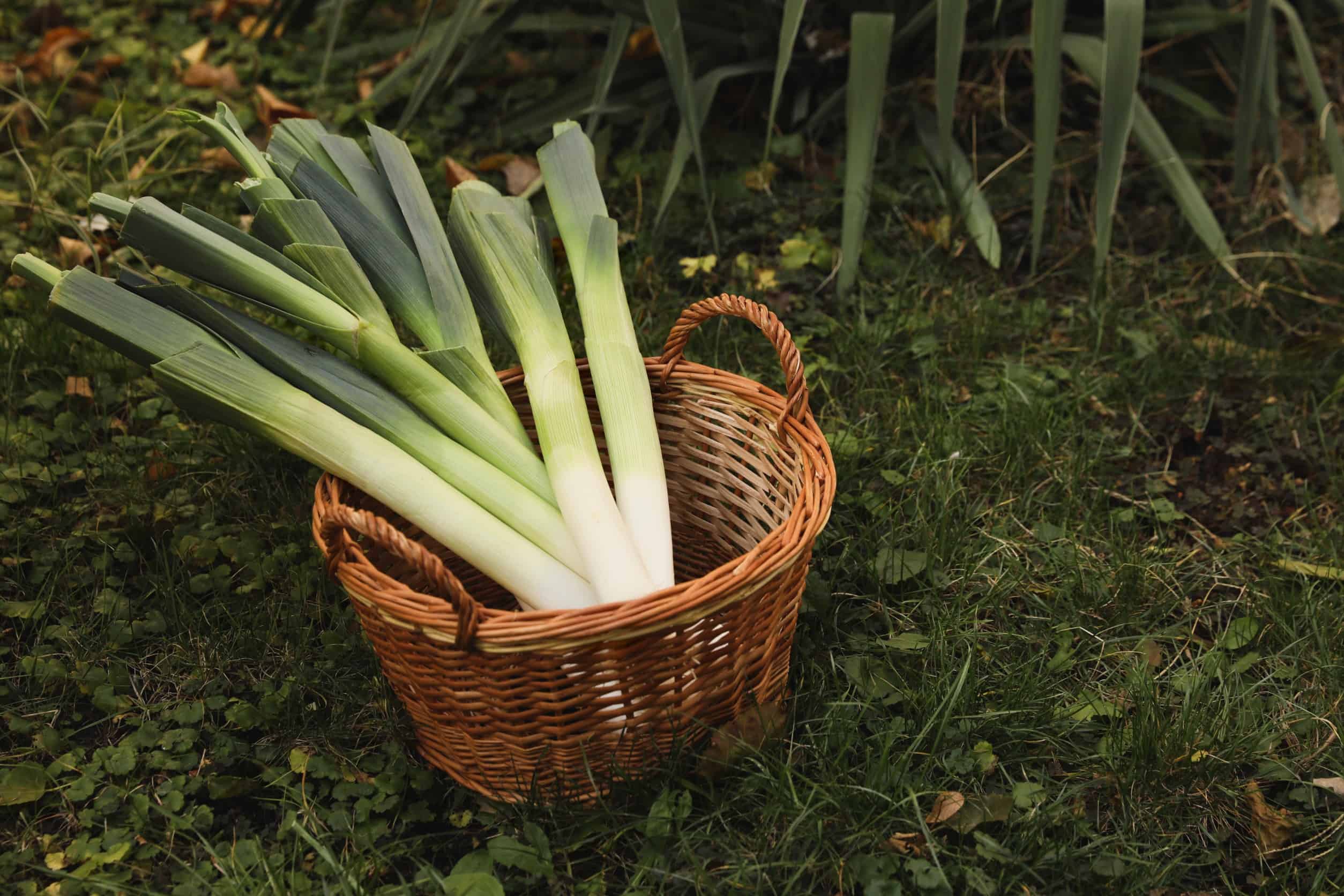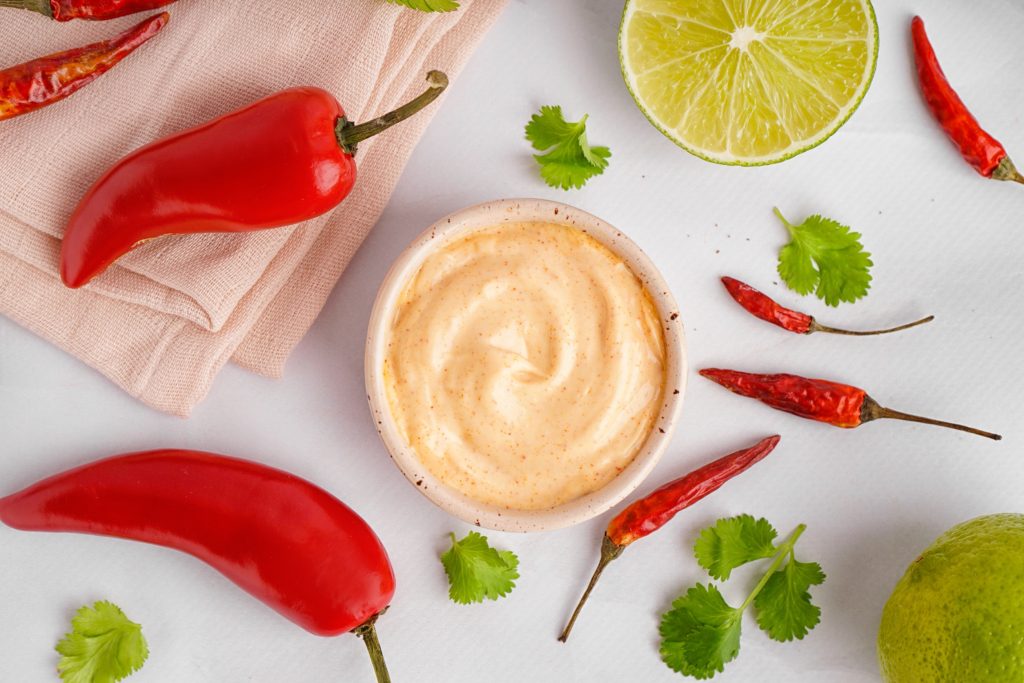Leeks and bok choy are two popular vegetables that are often used in various dishes around the world. But they are most notably used in Asia, where they are considered staple ingredients because of their versatility and flavor.
Both of these vegetables are also full of nutrients and offer numerous health benefits; however, there are several differences between them that home cooks should keep in mind.
Leeks are typically used in Asian cuisine to add flavor to various soups, stews, and casseroles. In contrast, bok choy is commonly stir-fried or sautéed to be used as a side dish in many recipes.
Flavorwise, leeks are milder and sweeter when compared to bok choy, which has a unique, slightly bitter taste.
Understanding these differences will allow you to make informed decisions, especially when it comes to choosing the right vegetable for your next dish. Whether you’re a seasoned chef or just a curious foodie, this article will have everything you need to know.
8 Main Differences Between Leeks vs. Bok Choy

While leeks and bok choy may seem similar at first glance, they have several notable differences that greatly affect how they are used in the kitchen. Below is a list of the eight (8) main differences between them that you should know.
1. Appearance
Leeks and bok choy have distinct physical characteristics that set them apart from each other.
Leeks are long and cylindrical, with an elongated stem extending into several green leaves. Its outer layers are usually white, but its inner layers can have a greenish or purple hue.
On the other hand, bok choy has a thick white stalk with large, dark green leaves on top that look like celery.
2. Flavor
Leeks are often described as mild and sweet by chefs and food experts, but a more accurate description is that they have a subtle onion-like taste.
That is the reason why leeks are commonly used as a milder alternative to onions in most dishes where a strong onion flavor is too overpowering, such as risotto or gratin.
In contrast, bok choy has a faint mustard-like flavor with a slightly bitter aftertaste. But you don’t have to worry about the bitter part because its taste is affected by factors such as growing conditions and the time of year it is harvested.
Basically, the fresher the bok choy you buy from the market is, the less bitter it will be when you cook it.
3. Nutritional Value
In terms of nutrition, both of these vegetables are highly beneficial for your health because of their high vitamin content. However, you should be aware that they have different nutritional profiles.
Bok choy is known for being exceptionally high in vitamins A and C. In fact, just one cup of chopped bok choy can provide up to 75% of the recommended daily intake for vitamin A and 40% for vitamin C.
On the other hand, leeks are a good source of vitamins K and B6. So incorporating them into your dishes will not only help you reach the recommended daily intake for those vitamins but also make your food more flavorful at the same time.
One cup of chopped leeks contains around 29% of the recommended daily intake for vitamin K and 10% of vitamin B6.
4. Culinary Uses
Leeks and bok choy are versatile vegetables that can be used in a wide variety of dishes.
The former is often added to soups and casseroles to provide a mildly sweet onion flavor to dishes like potato leek soup and haggis.
The latter is more commonly used in Chinese cuisine, where it is a staple ingredient for stir-fries and salads. But you can also add it to any dish that seems perfect with a slight crunch.
5. Texture
When cooked, leeks tend to have a soft and slightly chewy texture, so naturally, they are a great addition to soups and stews.
Bok choy, on the other hand, either becomes tender or crispy, depending on how it is cooked. But this versatile vegetable will usually retain its crunchiness as long as it’s not overcooked.
6. Size
Another noticeable difference between leeks and bok choy is their size. Leeks are about two (2) inches thick and can grow up to two feet in length.
The ones you can buy on the market may not look as long, but that’s just because they are typically folded with a rubber band or tape for easier storage and transport.
In comparison, bok choy is typically 2 to 3 inches thick and 6 to 10 inches long.
However, it’s important to note that the size of these vegetables can vary depending on factors like growing conditions. So there will be leeks and bok choy available on the market that may be smaller or larger than average.
7. Season
Leeks prefer cooler temperatures, so they are usually harvested in the fall and winter after they have fully matured. As such, they are commonly associated with hearty cold-weather soups.
In contrast, bok choy is available year-round in most grocery stores and markets because it can be grown in both warm and cool climates. This consistent availability is also part of the reason why it has become a staple ingredient in Asian dishes for such a long time.
8. Storage
Lastly, when it comes to storage, leeks have a much longer shelf life compared to bok choy.
Leeks can be stored for several weeks in the refrigerator, which is helpful when you want to have them on hand for soups or stews throughout the winter.
On the other hand, bok choy should be used within a few days of purchase as it can quickly wilt and lose its crisp texture despite being refrigerated.
Final Thoughts
Leeks and bok choy are two versatile vegetables that are used in a wide variety of dishes all around the world. They may seem similar at first glance, but they have quite a lot of differences that allow them to shine in a variety of recipes.
By understanding what sets them apart, you will be able to plan ahead and incorporate them better into your favorite meals.
Whether you prefer the milder and sweeter taste of leeks or the mustard-like and slightly bitter flavor of bok choy, these versatile vegetables will surely be a great addition to your culinary repertoire.

